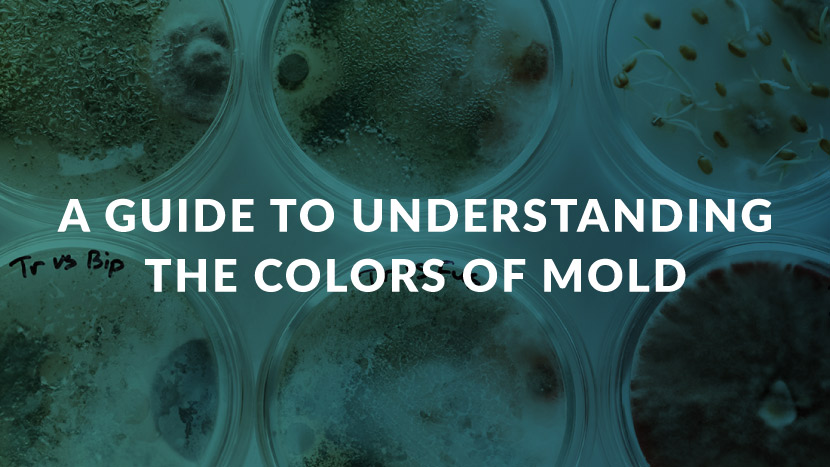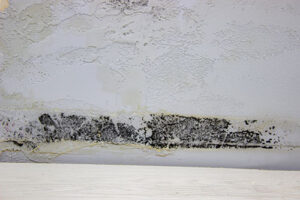
Mold Colors: A Comprehensive Guide on the Colors Mold
When it comes to mold, one of the most common questions people ask is, “What does the color of mold mean?” Are different colors of mold more toxic than others? Are some mold colors harmless to you and your property?
CLEAR Restoration is here to help you navigate the world of mold colors and debunk common misconceptions. When you are dealing with a significant mold issue at home or work, you can rely on our expert mold abatement services to eliminate mold and restore your peace of mind. Contact us today and tell us about your mold problem.

The Rainbow of Mold: What Mold Colors Tell Us
Mold comes in a variety of colors, and the shade can be influenced by factors such as the species, substrate, age, and environmental conditions. While mold color can provide some clues, it’s crucial to remember that it does not determine toxicity or health risks. In other words, just because a mold is a certain color, it doesn’t mean it’s harmless or toxic.
[Related: What is White Mold?]
Common Mold Colors and Their Typical Species
There are several mold colors that you must be aware of when identifying mold in your property:
- Black Mold: Stachybotrys chartarum, commonly known as black mold, is one of the most common mold colors and species you will come across. However, it’s essential to understand that the term “black mold” is often misused and can be misleading. For instance, Stachybotrys chartarum is commonly thought to be the only mold that can produce toxic spores, but it’s not the only type of mold that can cause health issues.
- Green Mold: Genera like Aspergillus, Cladosporium, and Penicillium are commonly associated with green mold. These molds can grow on a variety of surfaces, including walls, ceilings, and floors.
- White Mold: Some molds appear white due to the color of their spores or the growth stage. For example, Aspergillus and Penicillium species can appear white or light-colored.
- Yellow and Orange Mold: Molds like Serpula lacrymans (dry rot) are often found in damp, humid environments and can cause significant damage to wood and other materials.
- Red and Pink Mold: These molds are less common and are often found in areas with high humidity, such as bathrooms. Examples include Fusarium and Alternaria species.
Have you identified any of these mold colors or species in your home or office? If so, then you may be dealing with a mold infestation and need professional mold abatement services. Contact CLEAR Restoration today for quick, efficient, and effective mold abatement to prevent further damage to your home and health.
[Related: How Does Black Mold Affect Me?]

More Information About Mold Colors
When getting a full picture of mold colors, you must be aware of some of the misconceptions about mold colors. For example, many believe that black mold is always toxic or that green mold is harmless.
In reality, while Stachybotrys chartarum, or black mold, can produce toxic spores, not all black mold is toxic. Also, while some green mold can be relatively harmless, others can cause health issues or allergic reactions. Moreover, mold of any color can potentially cause health issues, depending on individual sensitivities and the mold species.
H3: What Can Be Done When You Find Mold Colors? Inspection and Identification
Professional mold inspection is crucial for accurate mold color and species identification and remediation. While visual assessment can provide some clues, it’s essential to use specialized tools and techniques to identify mold species. A professional mold inspector will use equipment such as moisture meters, thermal imaging cameras, and sampling devices to detect and identify mold growth.
Contact CLEAR Restoration for Mold Abatement Services
Don’t let mold take over your life. Contact CLEAR Restoration today to schedule a mold inspection and take the first step toward a mold-free environment. Call us at 225-245-3575 to learn more about our professional mold abatement services and schedule an inspection.
Remember, knowledge is power, and understanding the colors of mold is just the beginning. By educating yourself and seeking professional help when needed, you can take control of your environment and restore peace of mind.



